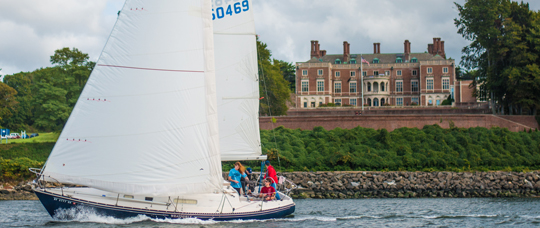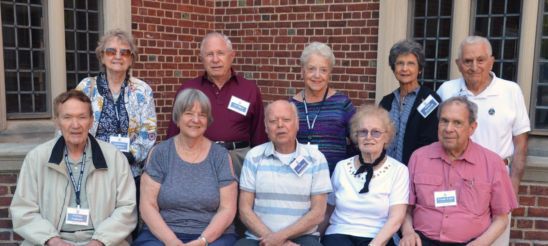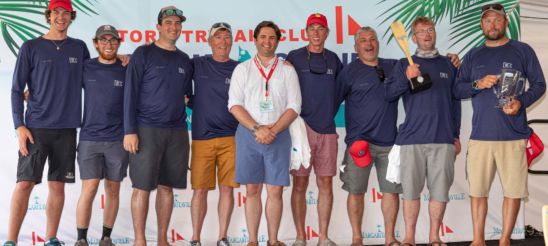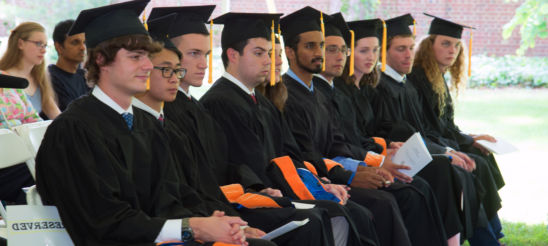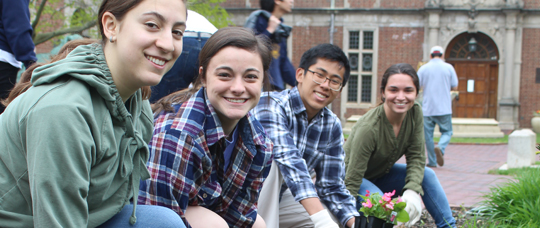Webb Institute Featured in The Princeton Review’s “Best 385 Colleges” Guide for 2020
Webb Institute is one of the nation’s best institutions for undergraduates to earn their college degree, according to The Princeton Review. The education services company profiles and recommends Webb in the 2020 edition of its annual college guide, The Best 385 Colleges (Penguin Random House, August 6, 2019, $24.99).
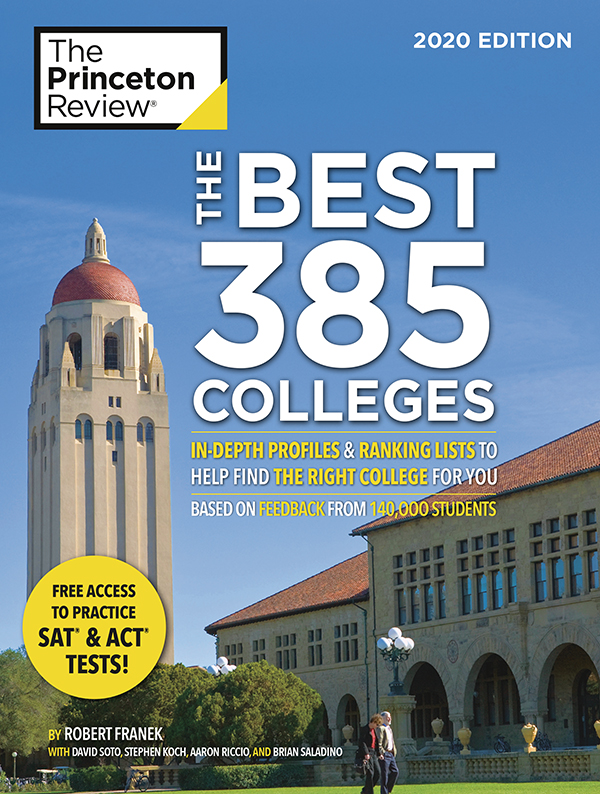
Only about 13% of America’s 3,000 four-year colleges are profiled in the book, which is one of The Princeton Review’s most popular publications. The company chooses the colleges for the book based on data it annually collects from administrators at hundreds of colleges about their institutions’ academic offerings. The Princeton Review also considers data it gathers from its surveys of college students who rate and report on various aspects of their campus and community experiences for this project.
“We salute Webb for its outstanding academics and we are truly pleased to recommend it to prospective applicants searching for their personal ‘best-fit’ college,” said Robert Franek, The Princeton Review’s Editor-in-Chief and lead author of The Best 385 Colleges.
In the profile on Webb, The Princeton Review praises the school for its admissions committee that “is dedicated to finding students who will excel in the school’s rigorous program” and quotes from Webb students the company surveyed for the book. One student commented that winter work term “gives each student a feel for industry sectors and allow them to make improved career decisions when selecting a first job.” Another student speaks about the family atmosphere at Webb, saying students “become best friends very quickly, giving everyone great support systems both academically and socially.”
The Princeton Review does not rank the colleges in the book from 1 to 385. Instead, it reports 62 ranking lists of top 20 schools in the book in various categories important to prospective applicants and their parents. Categories of ranking lists range from “Best Career Services” and “Great Financial Aid” to “Professors Get High Marks” and “Best Campus Food.” The rankings in this edition are based on the company’s surveys of 140,000 students at the 385 schools in the book.
Webb is on the following ranking lists in “The Best 385 Colleges”:
#5 Most Accessible Professors
#9 Students Study the Most
The Princeton Review’s school profiles and 62 ranking lists inThe Best 385 Colleges are posted at www.princetonreview.com/best385 where they can be searched for free with site registration.
The Best 385 Colleges is the 28th annual edition of The Princeton Review’s “Best Colleges” book and one of 150 Princeton Review books in a line published by Penguin Random House.
It has been featured on NBC “TODAY” more than a dozen times, and referenced by reporters in publications from Inside Higher Education to The Wall Street Journal.
The Princeton Review (www.PrincetonReview.com) is an education services company known for its tutoring, test-prep courses, books, and other student resources. Headquartered in New York, NY, it is not affiliated with Princeton University.
About The Princeton Review:
The Princeton Review is a leading tutoring, test prep, and college admission services company. Every year, it helps millions of college- and graduate school-bound students achieve their education and career goals through online and in person courses delivered by a network of more than 4,000 teachers and tutors, online resources, and its more than 150 print and digital books published by Penguin Random House. Its Tutor.com brand is the largest online tutoring service in the U.S. It comprises a community of thousands of tutors who have delivered more than 15 million one-to-one tutoring sessions. The Princeton Review is headquartered in New York, NY. The Princeton Review is not affiliated with Princeton University. For more information, visit The Princeton Review. Follow the company on Twitter @ThePrincetonRev and Instagram @theprincetnreview.
Homecoming 2019
The Last of Its Kind!
This was an extremely special Homecoming, the last one of its kind until the opening of the new Couch Academic Center, where the landscape of the campus will be forever changed for the better!
Presentations were made focusing on the history and future of Webb, starting with a viewing of Spencer Schubert’s Zeien lecture about the concept and creation of the life-sized, bronze sculpture of William H. Webb. Afterwards, a presentation was made by students, describing their recent Winter Work experiences. Reneé Tremblay ’20 and Linda Waters ’20 spoke about the “The Braes”and the history of the Glen Cove campus. This was followed by a presentation by President Michel and architect, Dr. Carol Bentel of Bentel & Bentel, about the landscaping and construction of the Couch Academic Center.
Special highlights included personal tours of the new Couch Academic Center given by President Michel ’73, Dean Werner ’95, PG’97, and Dr. Bentel.
As always, the WooFS gave an excellent performance, as did the Webb Student Jazz Band.
Special thanks to Gailmarie Sujecki and the Development, Culinary, Media Relations, and Facilities teams that made this all possible!
Webb Institute Big Boat Team wins 2019 Block Island Race Week
Article Written by Ben Hunt, Webb Big Boat Captain
Webb Institute Big Boat Sailing Team took 1st place in ORC 2 at the 2019 Block Island Race Week.
The week got off to a rough start with a fourth-place finish in the first race and the abandonment of another race in which we would have placed first. This put us in second place behind the J122 TeamWork after the first two days of racing.
The team took the Wednesday lay day to pull itself together. On Thursday, the team managed to take first place in both races. The first place finishes brought us a two-point lead over the J122 TeamWork. Although we were excited, we knew there was still work to be done. After a good night’s sleep, it was time for the final day of racing. The team managed to win both races of the day again, securing first place by 11.5 points. The team ended the week with 12 points total and 6 first-place finishes over a total of eight races.
Peacemaker, a Ker 11.5, was sailed to its victory by a solid team of students, coaches, and a Webb professor. Matt Kepner ‘22 trimmed the main sail and kept the boat moving fast. Ben Lilly ’22, and Coach Vlad Shablinsky trimmed the head sails. Peacemaker was helmed by Head Coach Leo Vasiliev. Ben Hunt ’21 was in the pit while Blake Loncharich ’19 was on the mast. Peacemaker was expertly navigated by Professor and Director of Research, Dr. Richard Royce.
The final awards party involved a guest appearance and impromptu performance by Jimmy Buffet, whose lifestyle company was the proud sponsor for this year’s regatta. “I think Margaritaville is Block Island right now,” declared Buffet to the Storm Trysail Club.
I would like to thank the Webb community, our coaches, and Professor Richard Royce for all the support we have received. Without their help, the team would never have made it to the starting line. This was an incredible experience for all the students involved.
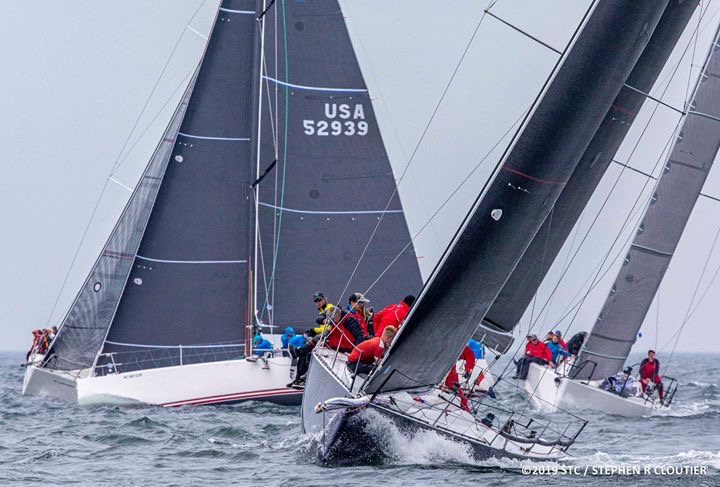
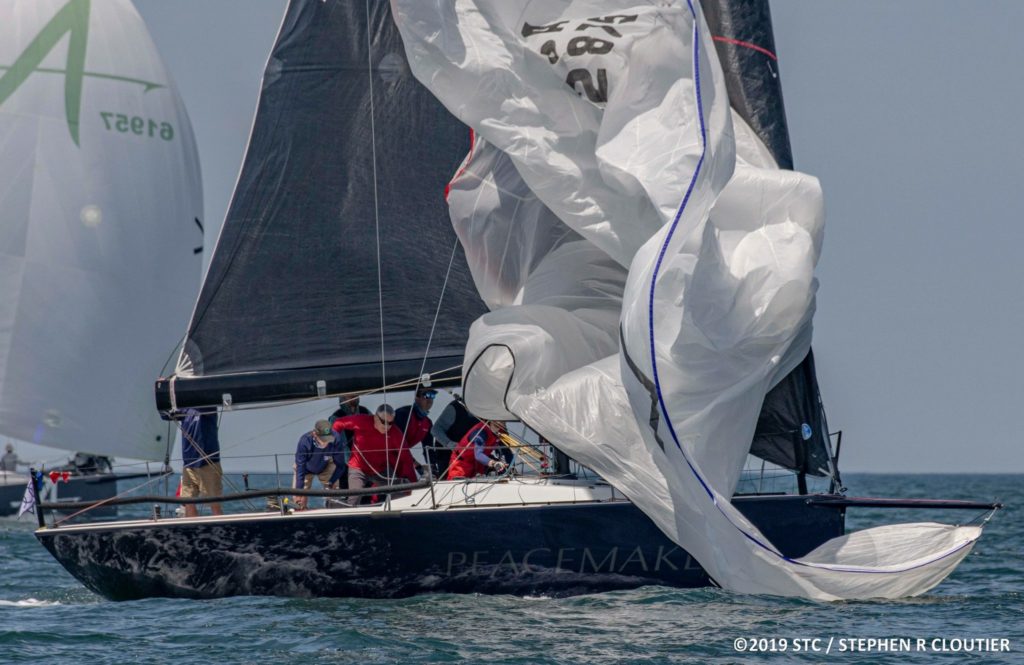
21 Graduate with Dual Degrees in Naval Architecture and Marine Engineering from Webb Institute
On Saturday June 22, 2019, Webb Institute awarded 21 Bachelor of Science degrees at its 123rd Commencement Ceremony. Each graduating student received a dual degree in Naval Architecture and Marine Engineering.
Webb’s Commencement Ceremony opened with the singing of the National Anthem by the WooFs (Webb Family Singers) and included inspirational remarks from Webb’s President R. Keith Michel, a Webb graduate from the Class of 1973, and keynote speaker, Angela Chao. Ms. Chao is Chairperson and C.E.O. of Foremost Group, an American shipping company with worldwide operations, who received an Honorary Doctorate during the ceremony.
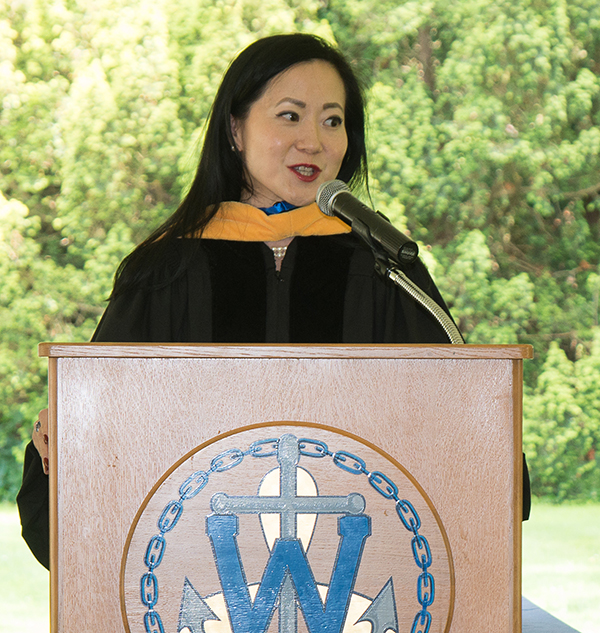
Ms. Chao’s speech touched on the transformative power of education, drawing upon the inspiration of her parents’ life stories of perseverance, determination and optimism to inspire Webb’s Class of 2019. She exhorted the graduates, “You are our future. Make our industry and our world better!”
Additional remarks were made by the Class of 2019’s student speaker, Andrew Pidduck, who spoke about the invaluable friendships, experiences, and education he gained during his time at Webb. “We appreciate the gift of education and the entire Webb experience that we have received.” said Pidduck. “We will carry it with us always and we will share it with others. This is our responsibility. We promise to remember where we came from and represent Webb well.”
In addition to the awarding of degrees, several students received additional awards and prizes for their outstanding academic achievements in a variety of areas, such as excellence in thesis, excellence in mathematics, highest general average, and exemplary commitment of service to others through volunteerism, community service, and civic outreach.
Following commencement, Webb’s Class of 2019 will spread out across the country and the world to begin graduate work or start their professional careers in the marine industry. Notable employers include: BMT Designers and Planners, Bruce S. Rosenblatt & Associates, Newport News Shipbuilding, NSWC Carderock, Shipwright, and Vigor. Graduate schools include: MIT, University of Michigan, and Delft University of Technology.
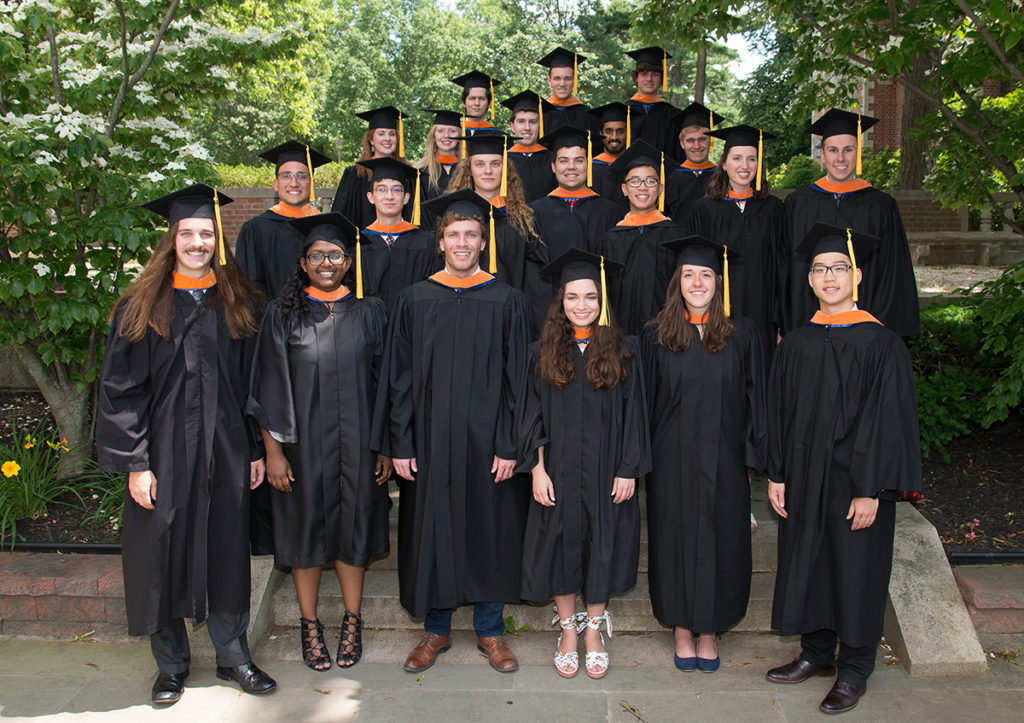
Photo Credit: Gill Photography.
Webbies Give Back on Founder’s Day
by Ioana Mirica ’21
This year’s Founder’s Day was celebrated on May 3, 2019. This day, which was first organized on June 19, 1896, honors our founder, William H. Webb and the legacy of giving.
Webb Institute was first established in 1889 as Webb’s Academy and Home for Shipbuilders. Originally, it not only offered an opportunity for young, eager students to earn an education in the marine industry, but also a home for retired shipbuilders. Although Webb’s vision of the institution has altered throughout the years, the original principles upon which it was founded have remained. The spirit of giving and service is entwined within the fabric of the Webb community.
On Founder’s Day, the Webb campus completes tasks such as cleaning the beach, power washing the Cuneo Courtyard, and painting the fire escapes with non-skid coating. This occasion allows students and faculty to devote time out of their busy schedules to improve conditions on campus.
The speaker of this year’s dinner, Michael Hutchings ’95, emphasized “giving until it feels good”. Serving others, he stated, does not require an elaborate, expensive gift to the community, but rather good intentions which are reinforced by the donation of one’s time, talents, and efforts. Hutchings encouraged those present to follow in the steps of Webb and apply his benevolent attitude in their own lives. To do so, he recommends that people find something about which they are passionate and discover a way to employ it to help others. This impactful speech urges Webbies to honor the man who has given them so much and find a way to help not only the Webb community but everyone around them.
View Michael Hutching’s speech at this year’s Founder’s Day Dinner!

